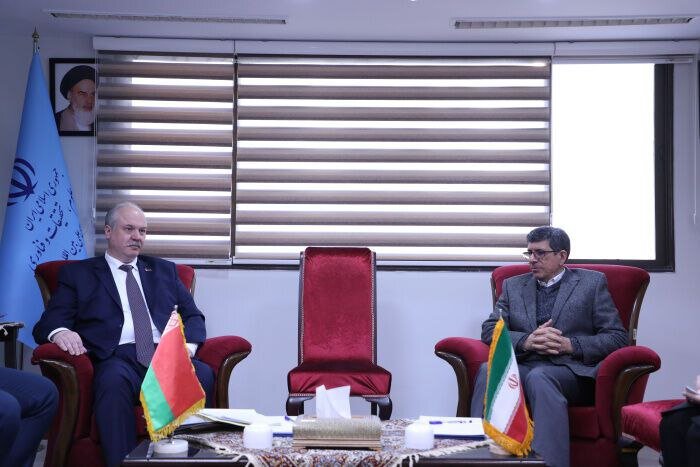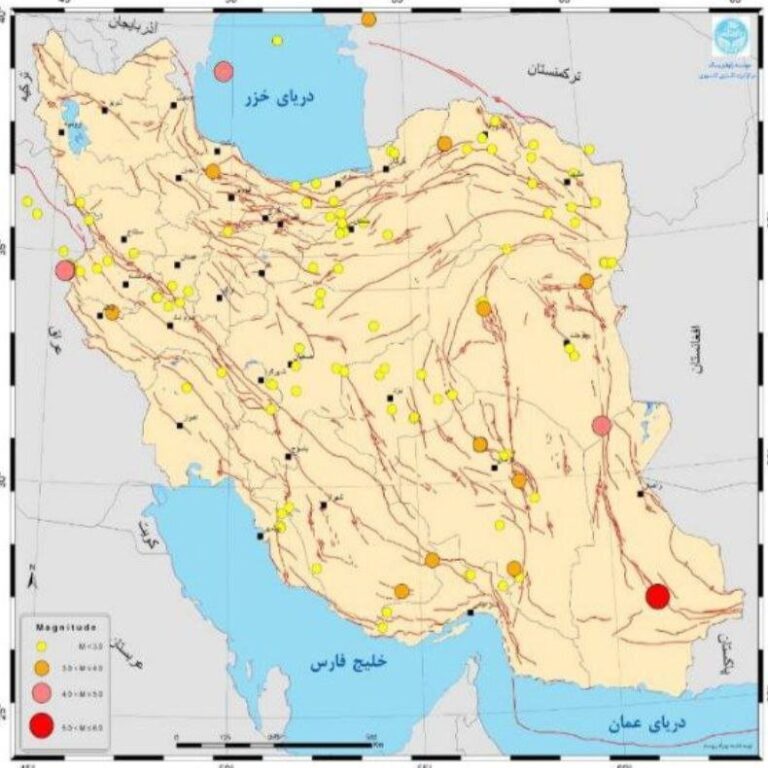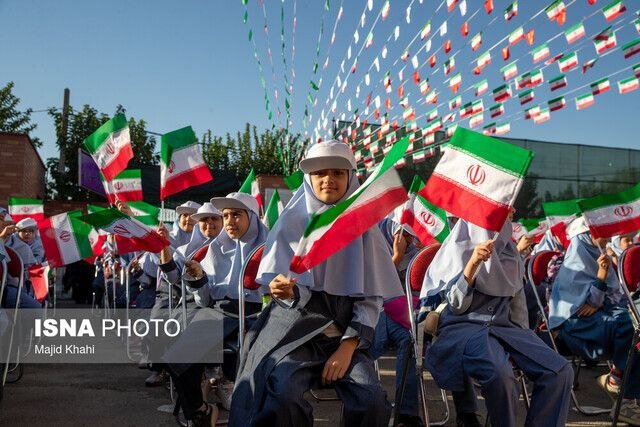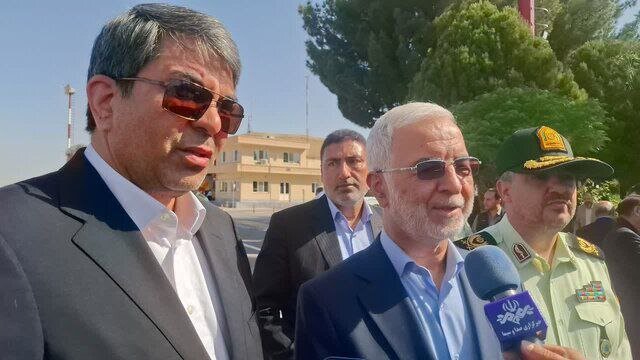
Similar Posts

Staggering 980,000 Births Registered in a Single Year: A Remarkable Milestone!
The Civil Registration Organization of Iran reported 979,923 births registered from March 2024 to March 2025, with Tehran province leading at 120,562 births and Ilam province having the lowest at 6,534. The average age of first-time mothers was 27.5 years, while fathers averaged 32.3 years, showing urban-rural discrepancies. Urban mothers averaged 28.2 years and fathers 32.8 years, compared to rural mothers at 24.4 years and fathers at 30 years. Officials stress the need to raise the fertility rate from 1.66 to 2.5 to address the aging population, advocating for youth-focused national programs and modern infertility treatments.

Iran and Belarus Forge Scientific Partnership: Joint Committee Launching This Spring
Iranian and Belarusian officials have agreed to form a joint scientific committee to enhance cooperation in basic and applied sciences, following a meeting on February 26, 2024. Farhad Yazdandoost from Iran’s Ministry of Science and Belarusian Ambassador Dmitry Koltsov discussed fostering ties in physics, chemistry, and advanced technologies. The partnership builds on previous agreements, including a 2023 memorandum of understanding aimed at technological collaboration and mutual recognition of higher education degrees since 2016. Both sides emphasized the importance of developing partnerships among universities and industries, aiming to strengthen bilateral relations in science and technology.

Shocking Seismic Activity: Over 135 Earthquakes Rock Iran in Just One Week!
From March 1 to March 7, Iran experienced 136 earthquakes, underscoring the country’s ongoing seismic activity. The week saw 116 minor quakes (magnitudes <3), 15 (3-4), 4 (4-5), and a significant 5.2 quake in Iranshahr on March 3. Kermanshah reported the most earthquakes (22), while several provinces recorded none. Over the past year, Iran documented 6,949 earthquakes, with a concerning proportion of casualties relative to global statistics. Increased seismic frequency is attributed to the Iranian plateau shrinking by 30mm annually. Tehran, with over 8 million residents, faces significant risks due to aging infrastructure and natural disasters, highlighting the need for preparedness.

Transforming Education: The Impact of the Islamic Revolution on Iran’s Educational Reform
Since the 1979 Islamic Revolution, Iran’s education system has transformed significantly, boosting the literacy rate from 47.5% to 90.7%. This progress stems from the Literacy Movement and enhanced educational infrastructure, particularly in disadvantaged regions, where daily, eight schools are built. The number of students has increased by 10 million to 17 million, and educational space per student has grown from 1.8 to 5.45 square meters. President Masoud Pezeshkian’s administration has launched a reform plan focusing on management, curriculum, and vocational training to improve quality and equity in education, aiming to address infrastructural challenges within a year.

Iran’s Interior Minister Declares Nation Lacks Resources to Accommodate Illegal Refugees
Iran’s Interior Minister Eskandar Momeni has highlighted the country’s limited capacity to host undocumented foreign nationals, currently estimated at two million, primarily from Afghanistan. The government prioritizes their repatriation due to concerns over job market impacts and resource strain. Over the past year, Iran deported over one million undocumented individuals, with many returning voluntarily. Discussions between Iranian and Afghan officials aim to address the situation, emphasizing the need for cooperation and humane treatment of migrants. Afghanistan’s plans for the voluntary return of refugees include constructing residential townships. The situation underscores the necessity for collaborative solutions to manage the refugee crisis.

Japan Partners with WHO to Combat Malaria Surge in Sistan-Baluchestan
In response to rising malaria cases, particularly in southeastern Iran, the Japanese government has donated vital resources to the World Health Organization (WHO). This includes 4,902 mosquito dome tents, 50,000 malaria rapid diagnostic tests, and 1,655 kg of insecticides, benefiting around 77,400 people. The resurgence of malaria is attributed to the 2022 floods in Pakistan and factors like poverty and poor sanitation. Local health workers are actively conducting screenings, distributing mosquito nets, and educating communities. The collaboration between Japan and WHO aims to bolster healthcare capacity and ultimately eliminate malaria in the region, fostering hope for affected populations.